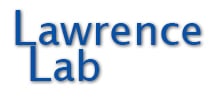Lawrence Lab
Lawrence Lab
- Lawrence Lab
- Lab Publications
Publications
Total: displaying 10 out of 72 results
